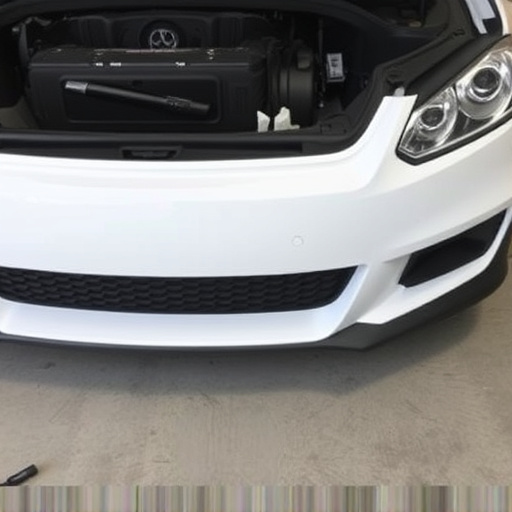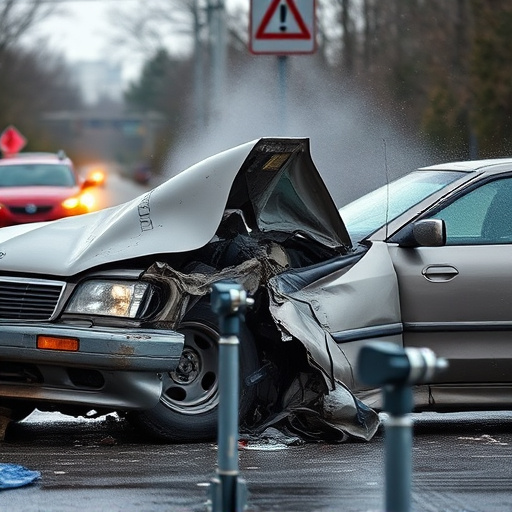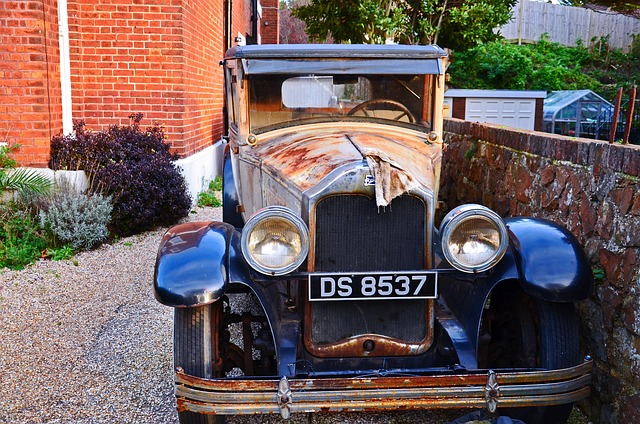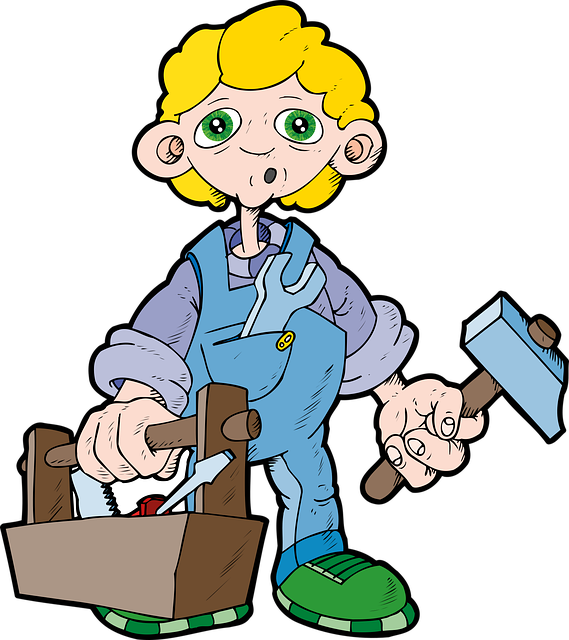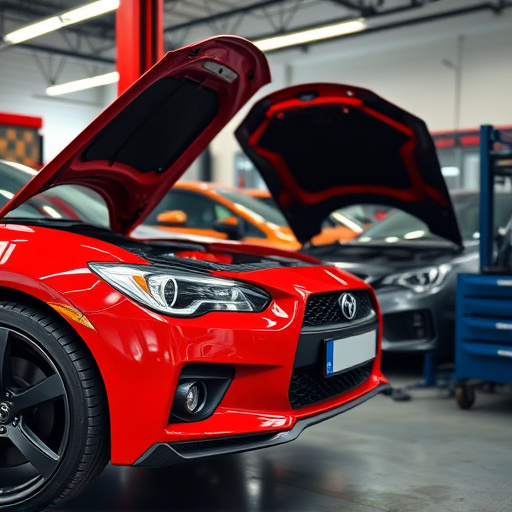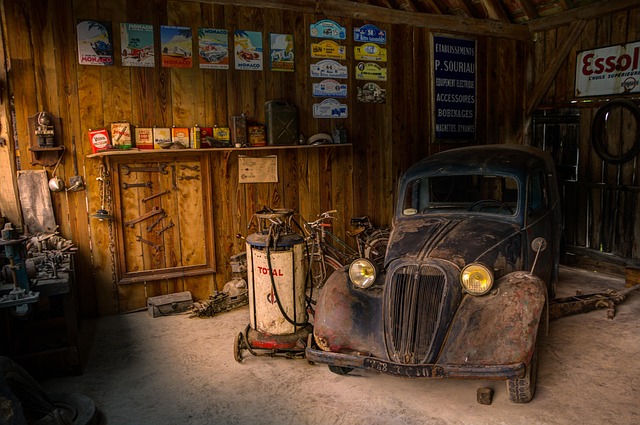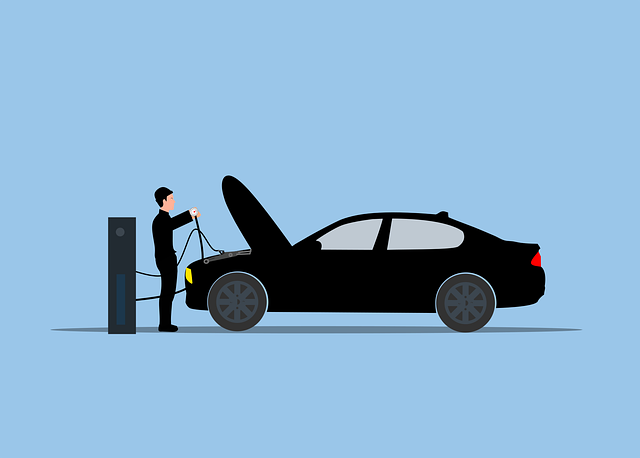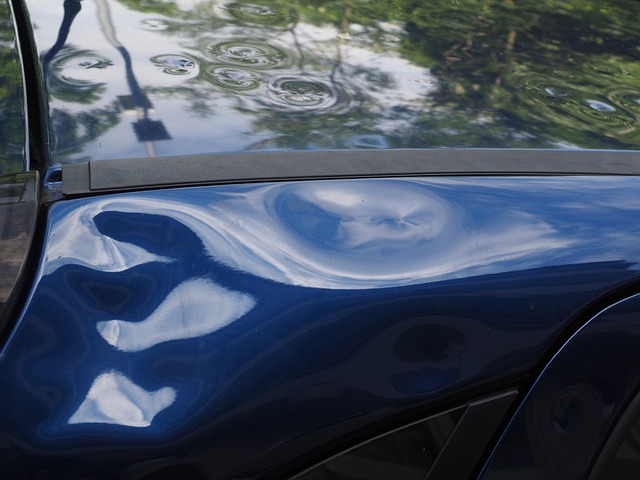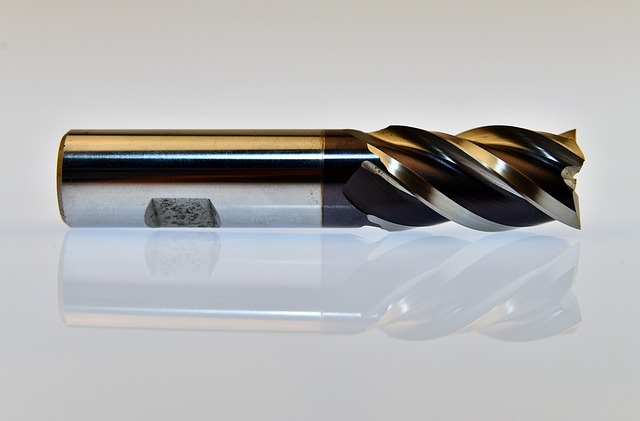Suburban collision repair involves a meticulous process, from initial assessment and frame straightening to advanced bodywork and paint matching, aiming to restore vehicles to pre-accident condition. Repair complexity and duration vary based on damage severity, service availability, traffic, and weather. Efficient processes, communication, and software optimization by shops can significantly enhance turnaround times, catering effectively to competitive market demands in suburban areas.
Navigating suburban collision repair times is essential for both vehicle owners and workshops. This article dissects the factors influencing turnaround rates in suburban areas, offering insights into the complex process behind restoring vehicles to their pre-accident condition. From initial assessments to final inspections, we explore how various elements, such as damage severity and part availability, impact repair durations. By understanding these dynamics, both parties can optimize workflows, ensuring efficient suburban collision repair services.
- Understanding the Collision Repair Process
- Factors Affecting Repair Time in Suburban Areas
- Optimizing Turnaround Times for Suburban Workshops
Understanding the Collision Repair Process

The suburban collision repair process involves several intricate steps that can vary depending on the severity of the damage. Typically, it begins with an initial assessment to determine the extent of the repairs needed. This includes evaluating the condition of components like the frame, body panels, and various mechanical systems. Once the damage is meticulously analyzed, technicians employ specialized techniques for repairs such as frame straightening or bumper repair, ensuring precision and accuracy.
Collision repair, which encompasses a wide range of services from minor dent removal to extensive frame work, requires skilled craftsmanship and adherence to safety standards. After the necessary parts are ordered, the actual repair process commences. This may involve frame straightening to restore structural integrity, meticulous body panel repairs to achieve a seamless finish, and careful painting to match the vehicle’s original color perfectly. Efficient suburban collision repair facilities streamline these procedures, aiming to return your vehicle to its pre-accident condition as swiftly as possible.
Factors Affecting Repair Time in Suburban Areas

The duration of suburban collision repair can vary significantly based on several factors unique to the area and the specific damage incurred by the vehicle. One of the primary considerations is the complexity of the repairs required, which can range from minor dents and scratches to extensive structural damage. In suburban areas, many workshops offer specialized services like car body restoration, ensuring that vehicles not only look new but also maintain their structural integrity.
Another crucial element is the availability and efficiency of auto body services in the region. Given the potential for traffic congestion and a high volume of repair requests during peak hours or after major accidents, turnaround times might be longer. Conversely, areas with numerous well-equipped repair facilities can handle a larger number of vehicles simultaneously, potentially leading to faster service. Additionally, weather conditions can play a role; adverse weather may delay repairs that require specific environmental controls for optimal results in auto body services.
Optimizing Turnaround Times for Suburban Workshops
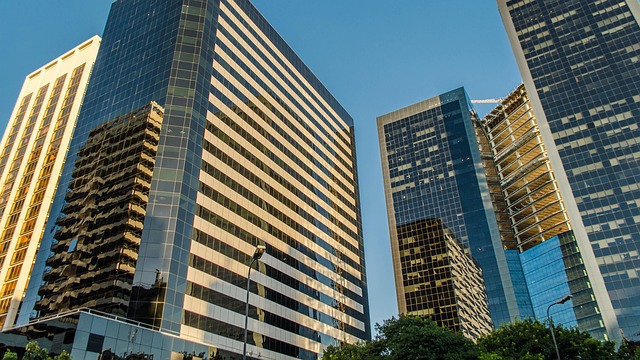
Suburban collision repair workshops often face a unique set of challenges when it comes to optimizing turnaround times. With a high volume of vehicles and diverse repair needs, efficient processes are key to keeping customers satisfied. One effective strategy is implementing streamlined communication between departments. For instance, integrating advanced estimating software can help technicians quickly and accurately assess damage, reducing time wasted on manual estimates.
Additionally, prioritizing tasks based on urgency and complexity allows for better resource allocation. Specialized car paint services, for example, may require more time due to meticulous detail work; scheduling these tasks effectively alongside other collision repair services ensures no delays in overall vehicle restoration. By adopting such organizational tactics, suburban workshops can significantly enhance their turnaround times, catering to customers’ needs promptly and efficiently.
Suburban collision repair can vary in duration depending on several factors. Understanding the process and optimizing workshop efficiency are key to minimizing turnaround times. By considering aspects like parts availability, labor costs, and vehicle complexity, suburban repair shops can provide more accurate estimates and better serve their customers’ needs. Efficient processes ensure that vehicles return to the road safely and quickly, contributing to a positive suburban collision repair experience.
